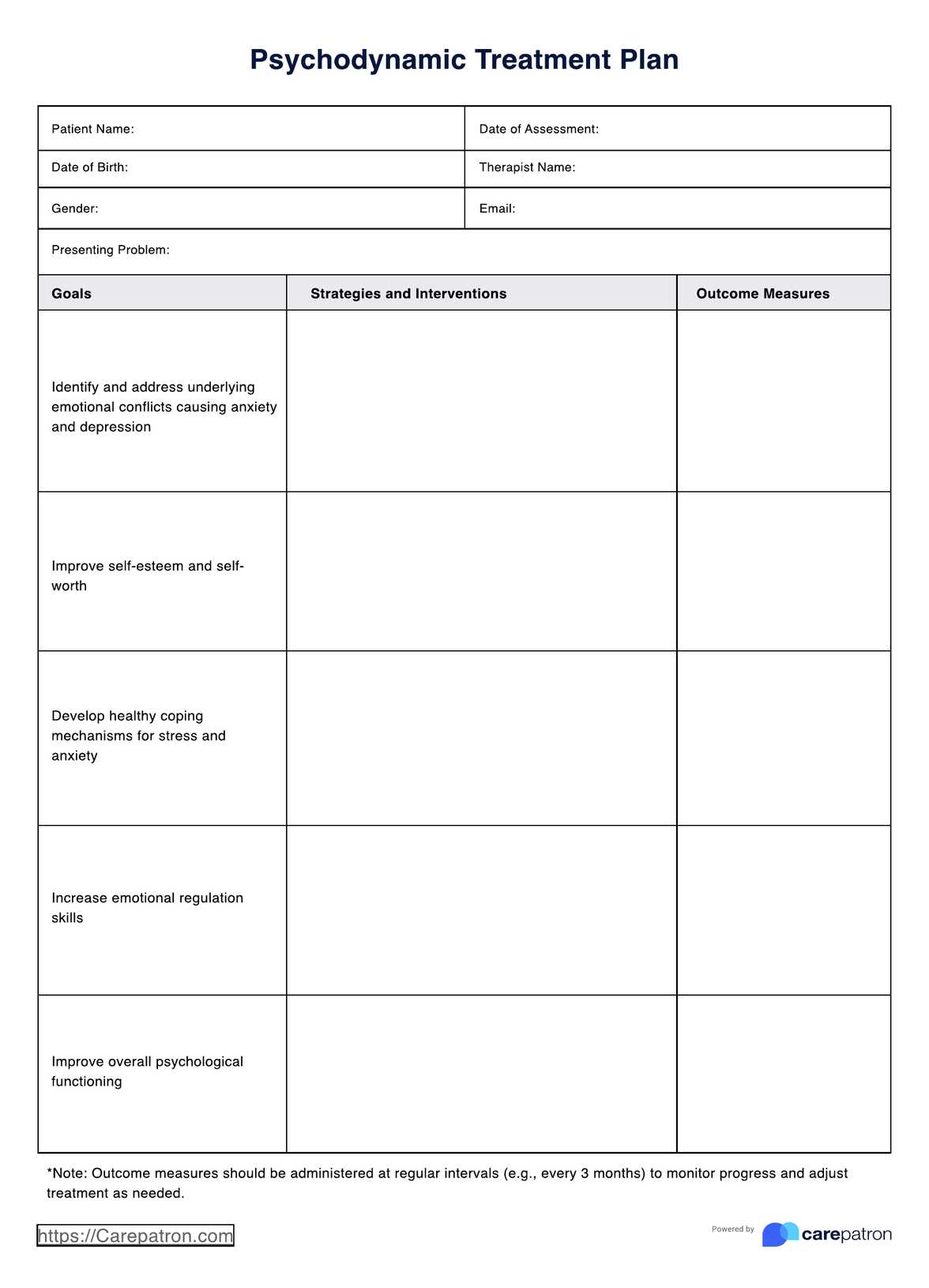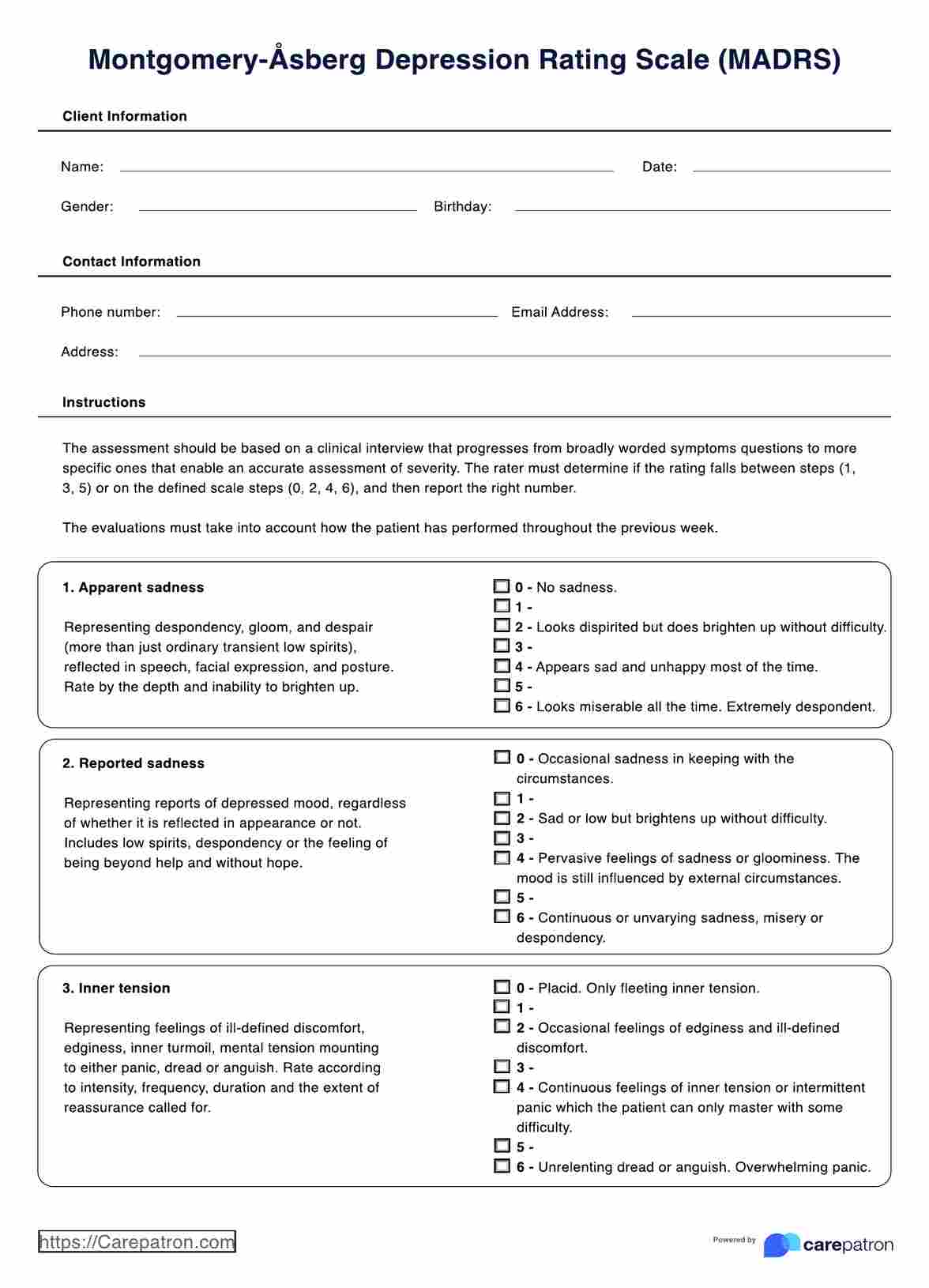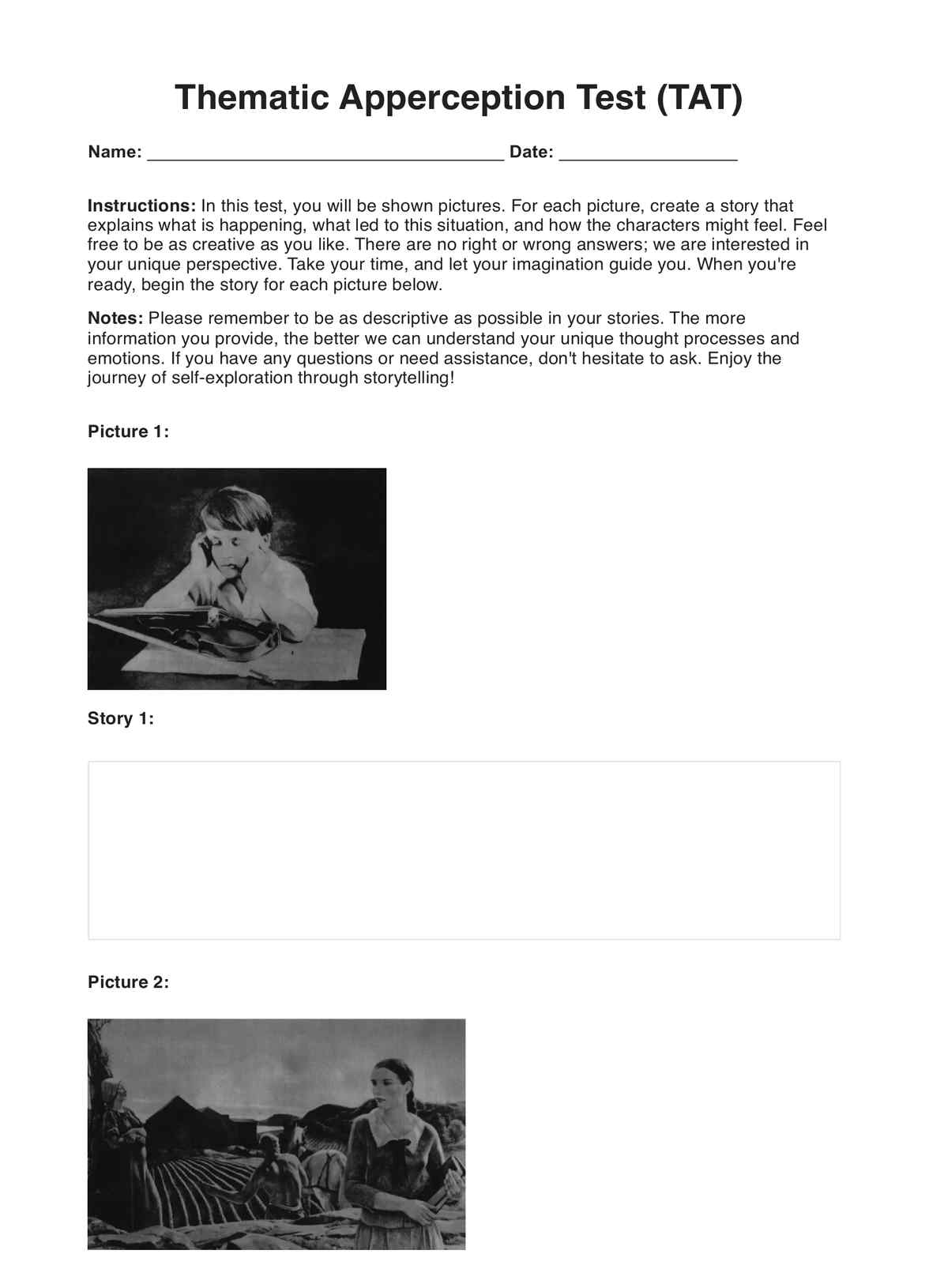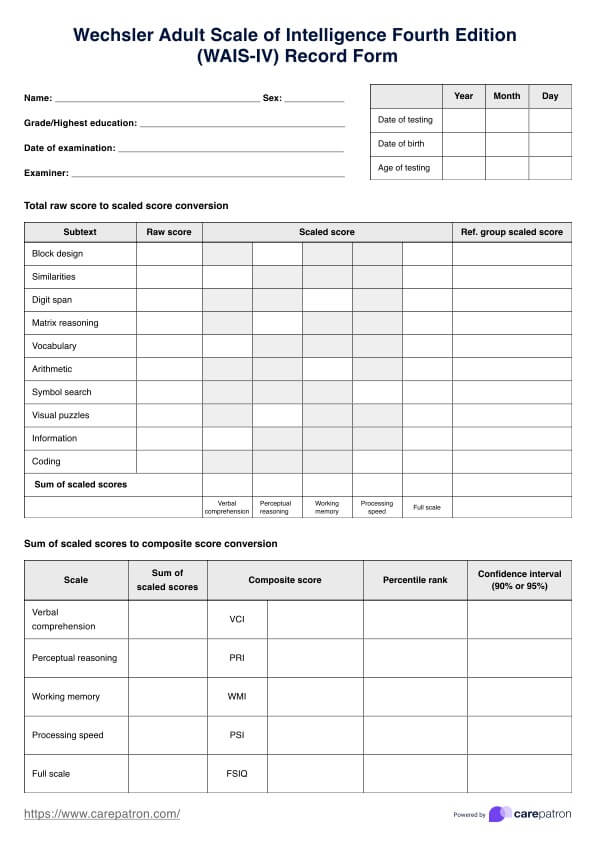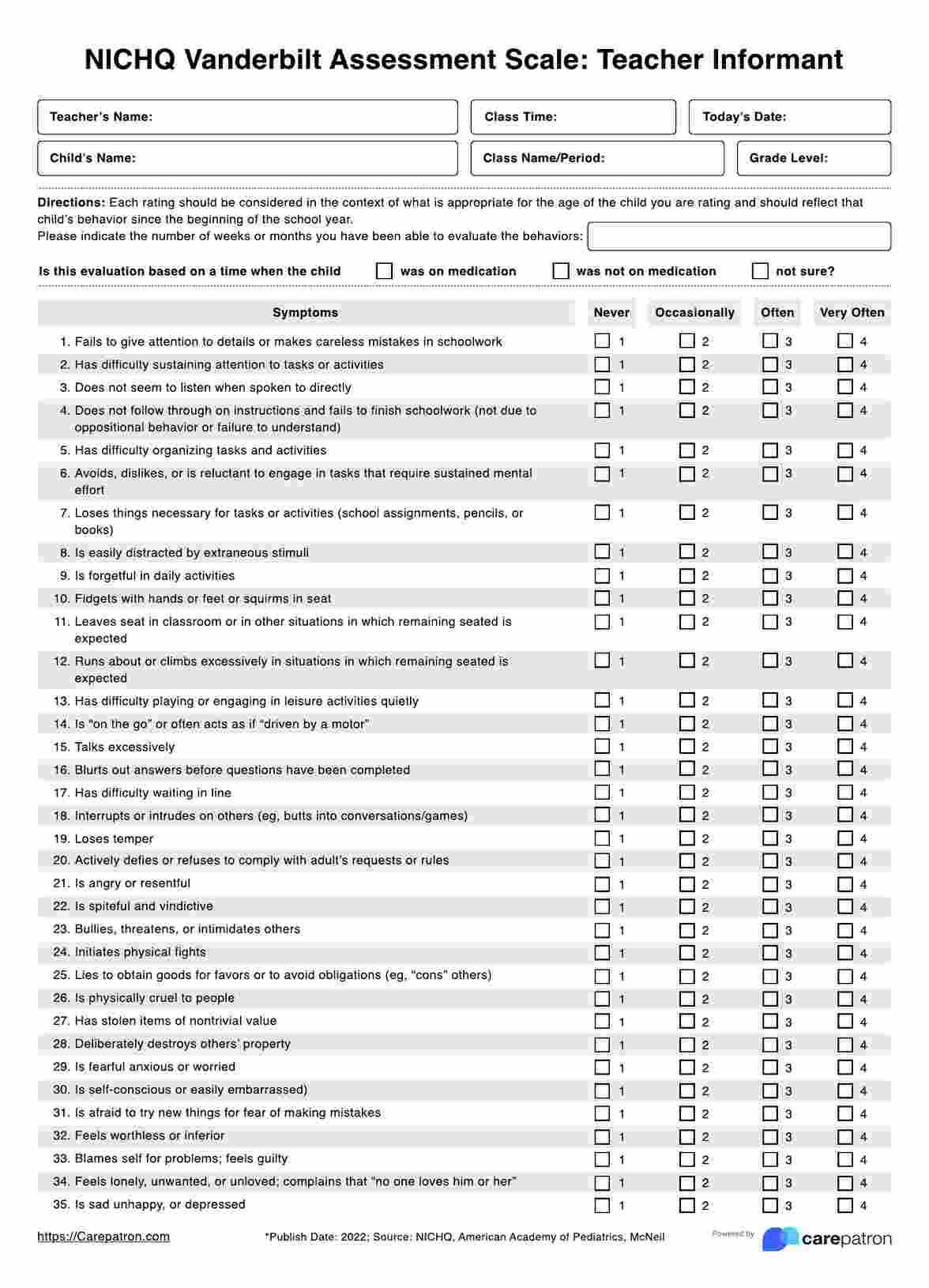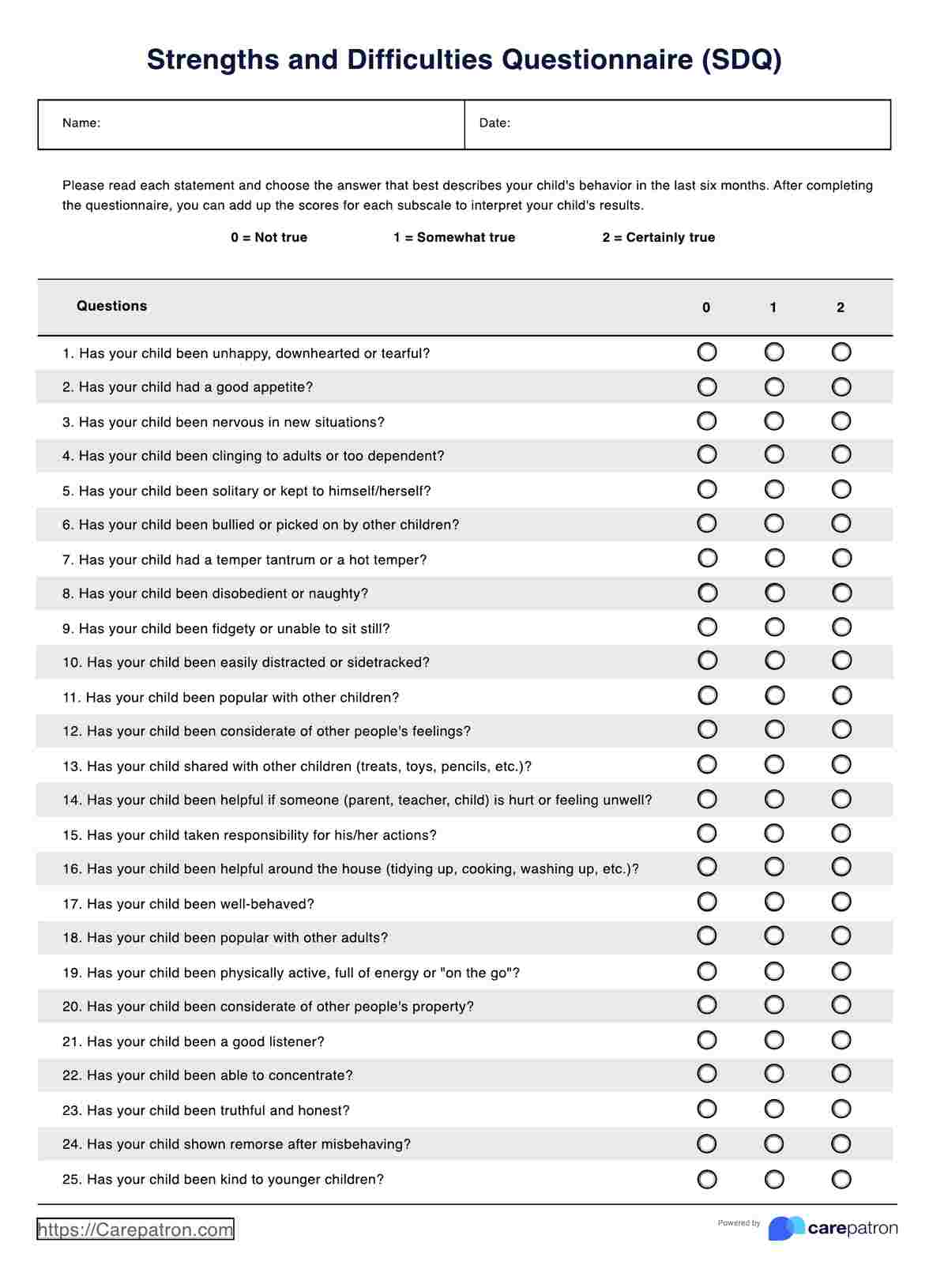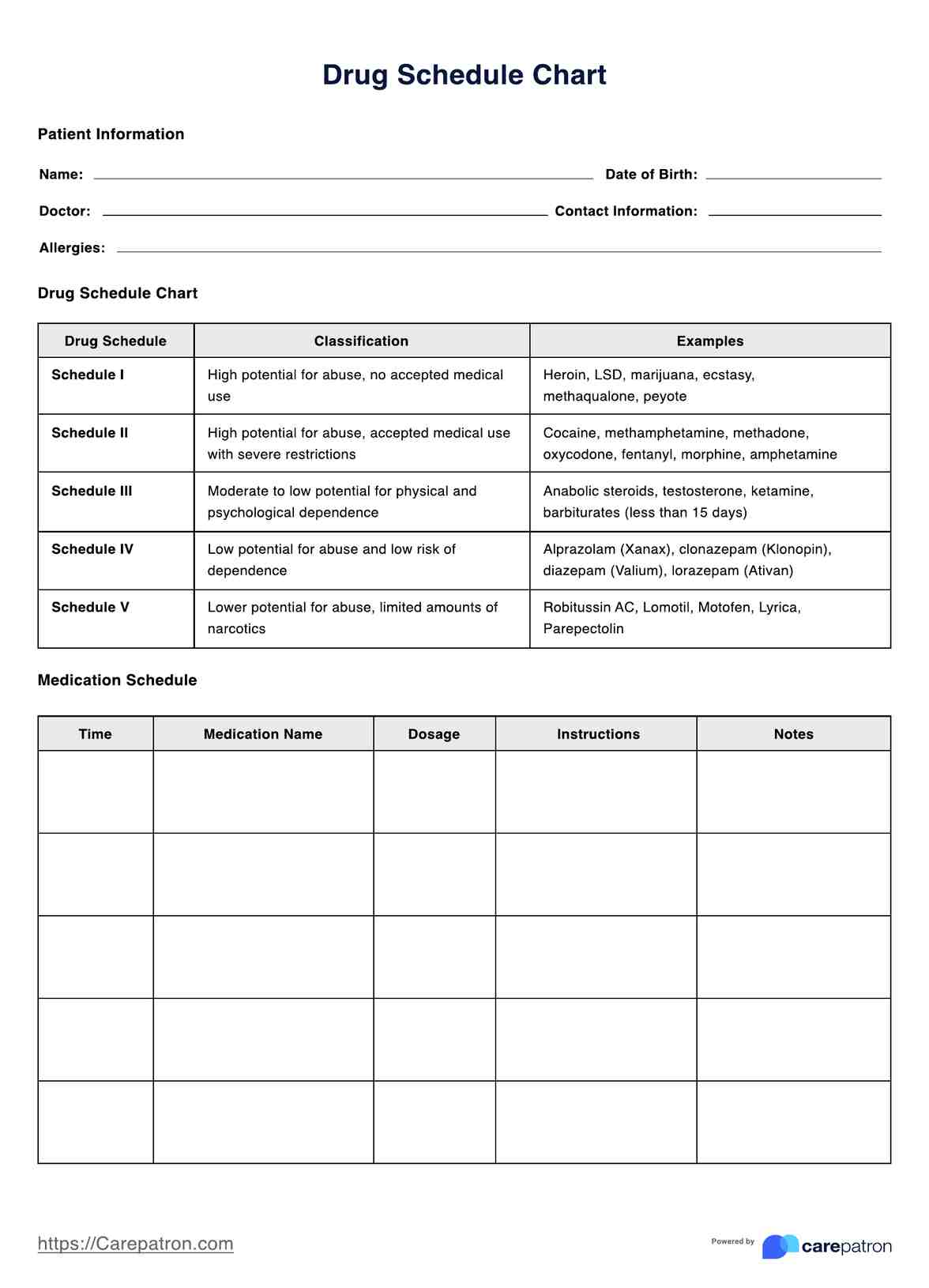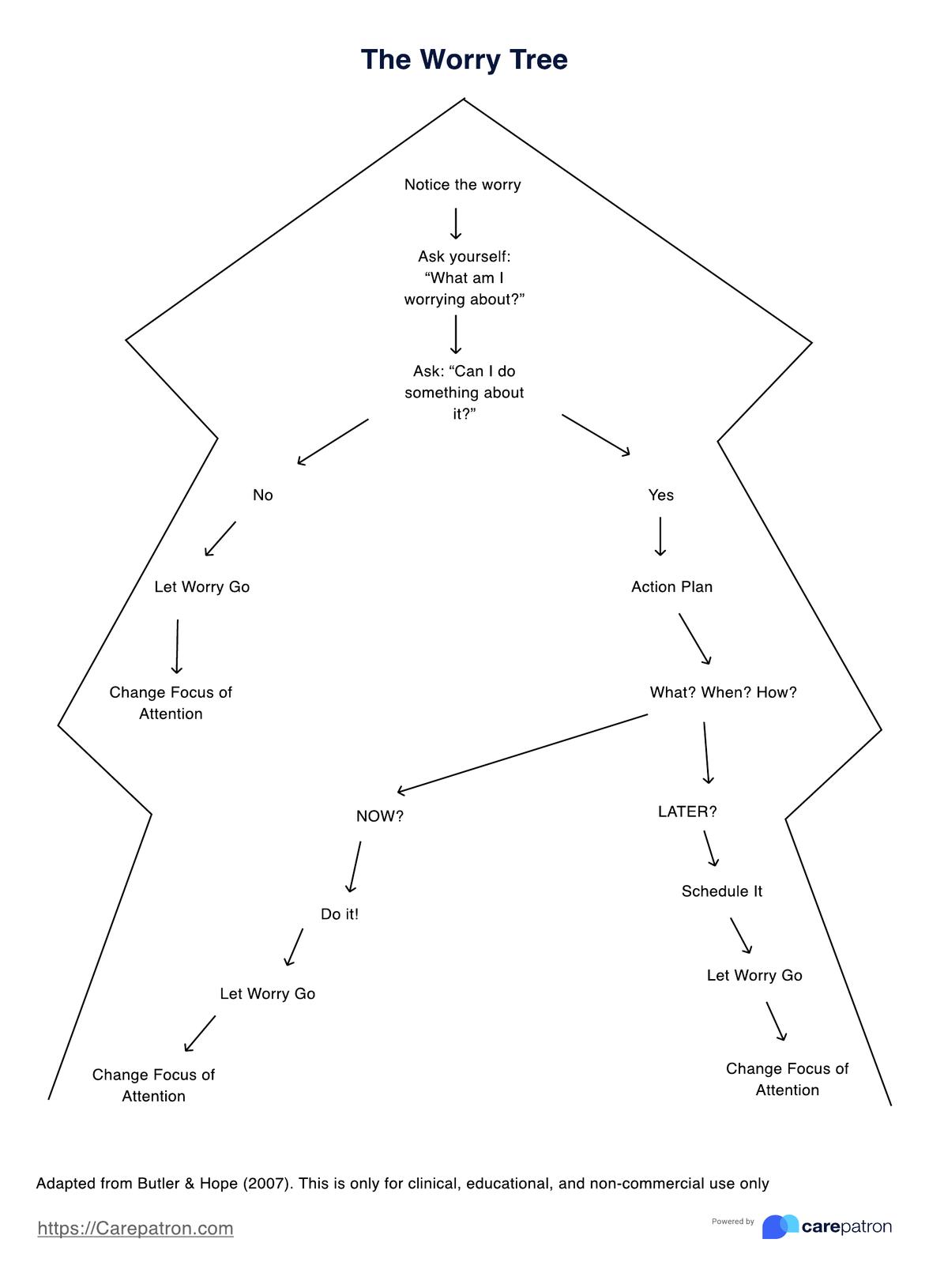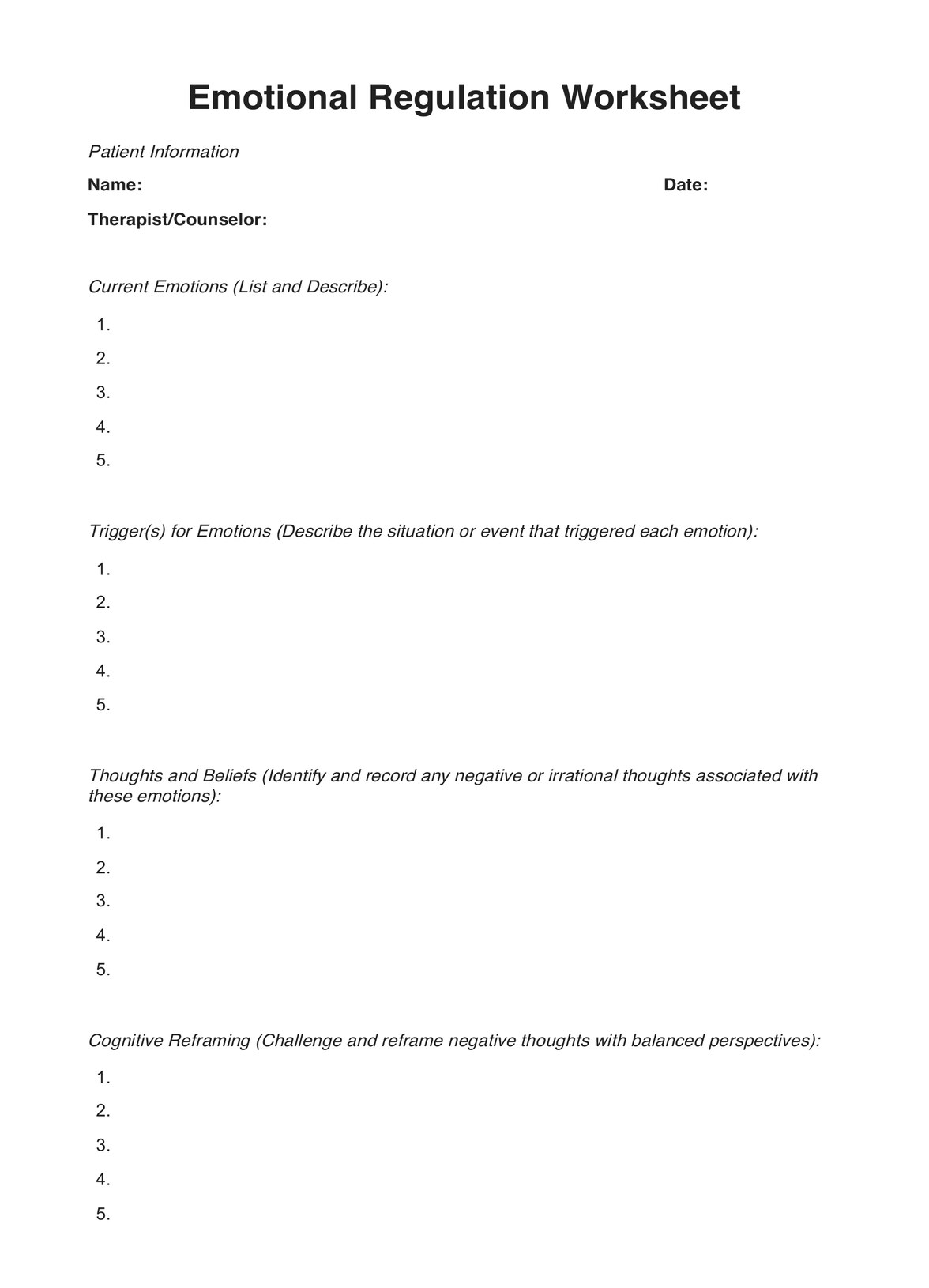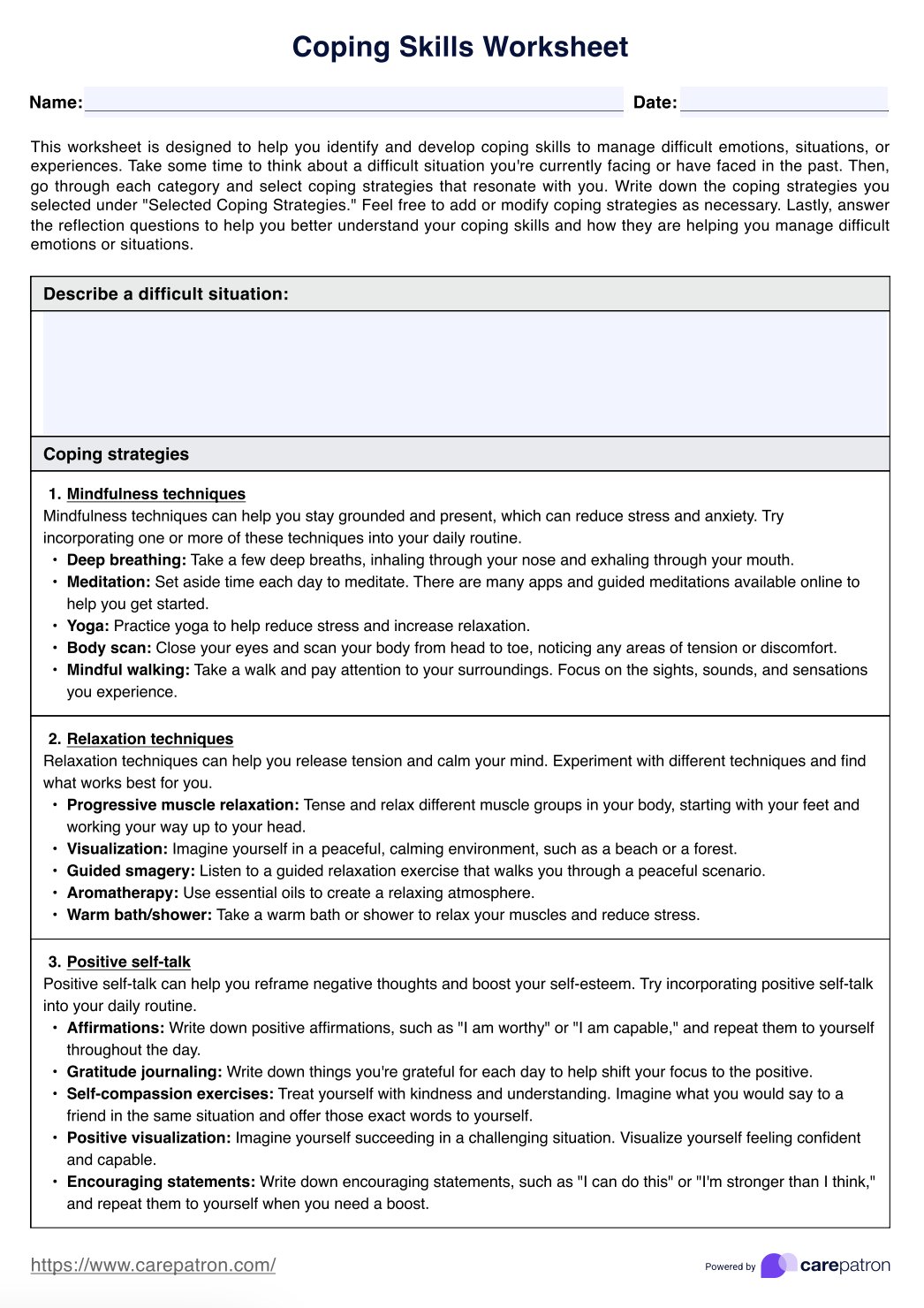Stimulus Discriminations
Explore the concept of Stimulus Discrimination, a key principle in psychology, focusing on distinguishing between different stimuli. Learn more here.


What is Stimulus Discrimination?
Stimulus Discrimination is a critical concept in psychology that entails the ability to distinguish between different stimuli that might appear similar. This process is vital in learning and behavior, where an individual responds to specific stimuli while ignoring others that don't have the same meaning.
The essence of Stimulus Discrimination lies in classical conditioning, an essential learning mechanism. Imagine a scenario where a bell is rung consistently before presenting food to a dog. Over time, the dog learns to associate the bell's sound with the impending arrival of food and salivates merely at the sound. However, if the dog doesn't salivate at other similar but not identical sounds, it demonstrates the phenomenon of Stimulus Discrimination. The dog has learned to differentiate the sound of the bell from other noises.
In a clinical context, Stimulus Discrimination is vital for patient care and therapeutic interventions. It enables healthcare providers to recognize and respond to specific signs, symptoms, or behaviors, leading to more personalized and effective treatment.
Understanding Stimulus Discrimination is more than an academic exercise; it's a practical tool that can significantly impact how we learn, respond, and interact with the world around us.
Learn more about how are used in various fields, including therapy and education, through this explainer video.
Stimulus Discriminations Template
Stimulus Discriminations Example
How does it work?
Understanding how Stimulus Discrimination works involves breaking down the process into defined steps. These steps provide a clear pathway for both learning and teaching this essential psychological concept:
Identification of Stimuli
- Define the Specific Stimuli: Choose the stimuli you want to associate with. This could be a sound, an image, or another sensory cue.
- Determine the Desired Response: Identify the natural response (e.g., a feeling or behavior) you want to associate with the conditioned stimulus.
Association through Conditioning
- Pair the Conditioned and Unconditioned Stimuli: Repeatedly pair the conditioned stimulus (like a bell sound) with the unconditioned stimulus (like food) until an association is formed.
- Reinforce the Desired Response: Use rewards or positive reinforcement to strengthen the desired response to the conditioned stimulus.
Discrimination Training
- Introduce Similar but Non-Identical Stimuli: Gradually introduce other similar stimuli but not identical to the conditioned stimulus.
- Reinforce Discrimination: Continue to reward the response to the conditioned stimulus while ignoring or not rewarding responses to the non-identical stimuli. This phase helps in fine-tuning the response.
Continuous Monitoring
- Evaluate and Maintain Discrimination: Regular assessment and reinforcement as needed to ensure that discrimination is maintained over time and across different contexts.
Our Printable Stimulus Discriminations forms can assist professionals in recording and tracking progress. By understanding these steps, practitioners can apply this powerful concept in their work, leading to more nuanced and effective outcomes.
When would you use this Form?
Stimulus Discrimination is a powerful tool that has found its application in various fields and professional practices. Understanding when to use this resource can greatly enhance the effectiveness of interventions and teaching methods:
- Psychologists and Therapists: Stimulus Discrimination is essential in behavioral therapy. Therapists can shape behaviors and reactions by teaching individuals to respond to specific stimuli and ignore others. This might help someone overcome a phobia or control an unwanted reflex.
- Educators and Special Needs Teachers: In educational settings, particularly with children with special needs, Stimulus Discrimination can be valuable in teaching new skills or modifying behavior. Differentiating between sounds, shapes, or colors can be fundamental to cognitive development.
- Occupational Therapists: In rehabilitation and occupational therapy, Stimulus Discrimination might be used to retrain motor skills or adapt to new task performance methods. Understanding the subtle differences in stimuli can play a crucial role in patient recovery.
- Stress Management Professionals: Practitioners focusing on stress management may apply Stimulus Discrimination techniques to help individuals distinguish between stress-triggering cues and neutral or positive ones, developing coping strategies accordingly.
- Animal Trainers: Even outside human interventions, Stimulus Discrimination is essential to animal training. Teaching animals to respond to specific commands while ignoring similar but irrelevant ones is foundational to obedience and task-specific training.
Stimulus Discriminations are a versatile and practical tool, adaptable to various contexts, aiding in more targeted and individualized approaches. Whether for therapy, education, or skill development, understanding and applying Stimulus Discrimination can lead to profound and lasting changes in behavior and learning.
The examples highlighted above reflect the multifaceted applications of Stimulus Discrimination. It's a concept that transcends theory and has real, tangible impacts across different domains. Its implementation can significantly contribute to successful outcomes in various fields of practice.
Benefits
Applying Stimulus Discrimination offers several benefits across various domains of psychology, therapy, education, and more. Here are some of the key advantages:
Precision in Response Training
Stimulus Discrimination targets specific responses, allowing for a fine-tuned approach in behavior modification or skill development. Whether helping an individual overcome a particular fear or teaching a child to recognize specific cues, this method offers precision and control.
Individualized Care
The flexibility of Stimulus Discrimination allows it to be tailored to each patient's unique needs and goals. This personalized approach ensures that therapy or education is aligned with the individual's specific challenges and objectives, resulting in more effective and compassionate care.
Broad Applications
The principles of Stimulus Discrimination are not confined to a single field or practice. Its techniques and insights are useful across many psychology, education, occupational therapy, and more areas. Its adaptability makes it a valuable tool in diverse settings.
Evidence-Based Method
Stimulus Discrimination is not a novel or untested concept; it's supported by extensive research and has a well-established place in scientific literature. Professionals utilizing this approach draw on a method grounded in empirical evidence, enhancing its credibility and effectiveness.
Accessibility: Free Stimulus Discriminations
The availability of Free Stimulus Discriminations forms and resources adds to its appeal, making it accessible to professionals at different levels. These resources can be instrumental in implementing and tracking the application of Stimulus Discrimination, even on a limited budget.
The benefits of Stimulus Discrimination extend beyond its theoretical underpinnings. It provides a tangible, practical, and accessible means to address diverse needs and applications. Its precision, individualized approach, broad applications, and evidence-based foundation make it a versatile and valuable asset for various professionals.
Research & Evidence
Stimulus Discrimination has roots that extend back to the early 20th century, and its development and acceptance within psychology and related fields have been marked by rigorous research and empirical validation. Here's a deeper look into its history and the evidence that underpins its widespread use:
Historical Background
The concept of Stimulus Discrimination was prominently introduced in the works of Russian physiologist Ivan Pavlov. His groundbreaking experiments with dogs laid the foundation for understanding how organisms differentiate between stimuli. This led to further exploration of the principles of classical conditioning, where Stimulus Discrimination became a central concept.
Behavioral Therapy
Stimulus Discrimination has been applied in behavioral therapy to shape and modify behaviors. Researchers and practitioners have used this method to treat various psychological disorders like phobias, anxiety, and addiction. Training individuals to respond to specific stimuli while ignoring others has proven effective in therapeutic interventions.
Special Education
The application of Stimulus Discrimination in special education has been equally impactful. Educators have used this approach to teach new skills and cognitive recognition to children with special needs. Studies support the method's effectiveness in tailoring education plans that cater to individual learning requirements.
Occupational and Rehabilitative Therapy
Beyond psychological treatment and education, Stimulus Discrimination has found a place in occupational and rehabilitative therapy. Its principles have been used to retrain motor skills, adapt to physical disabilities, and even in stroke recovery programs.
Extensive Research Support
Extensive academic research, peer-reviewed studies, and real-world applications support the credibility of Stimulus Discrimination. Its versatility and effectiveness across different domains testify to its empirical foundation.
Stimulus Discrimination is more than a theoretical construct — it's a well-validated method applied across various fields to significant effect. Its history, rich with research and practical application, reinforces its standing as an essential tool in psychology, therapy, education, and beyond. Whether in the classroom, therapy room, or rehabilitation center, Stimulus Discrimination continues to demonstrate its relevance and potency, guided by evidence and historical precedent.
Commonly asked questions
Psychologists, therapists, educators and other mental health professionals use Stimulus Discrimination as part of their practice.
You can use this during behavioral therapy, skill training, or stress management.
Stimulis Dicrimination is used through association, reinforcement, discrimination training, and continuous monitoring.

.jpg)
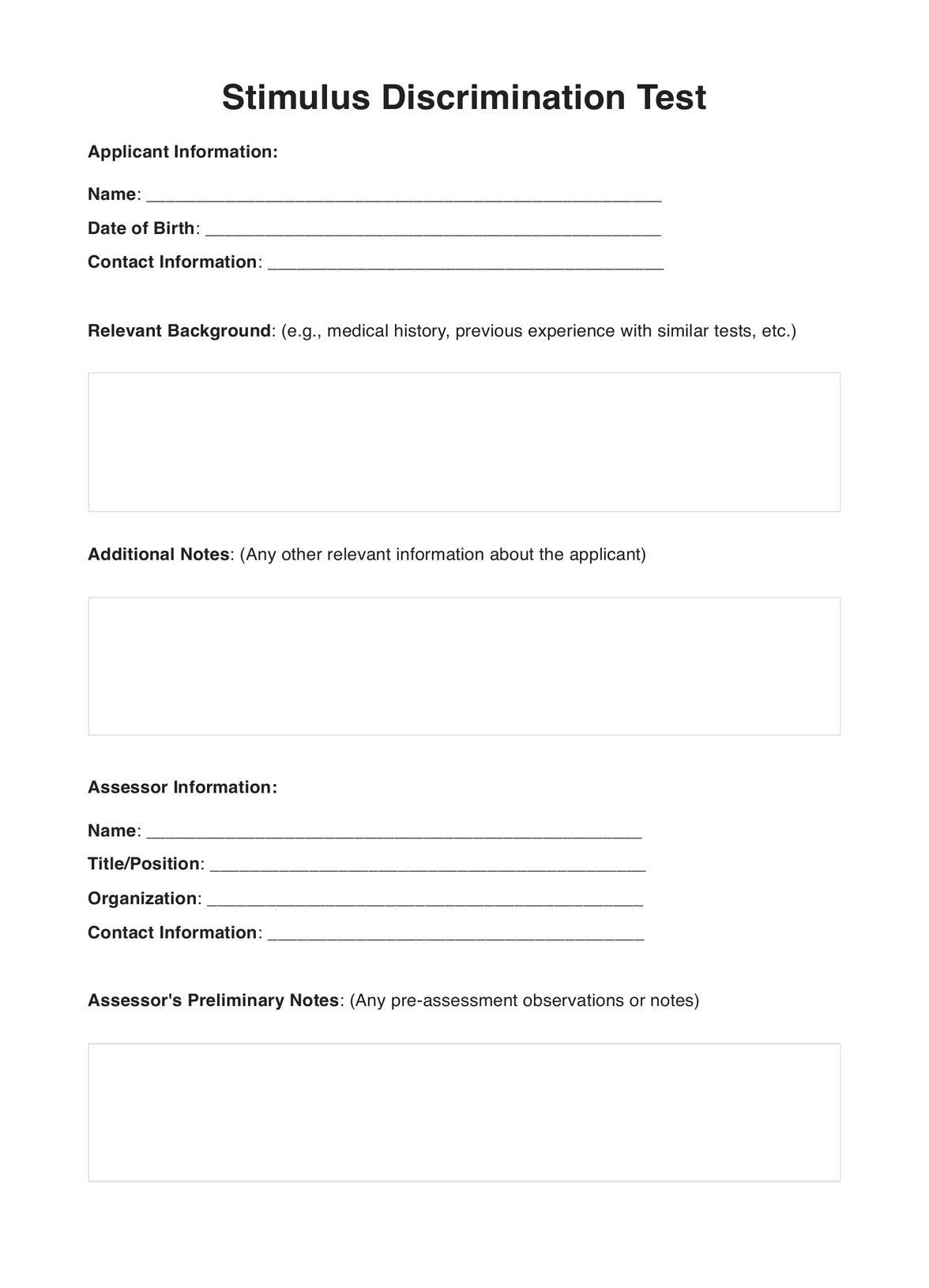
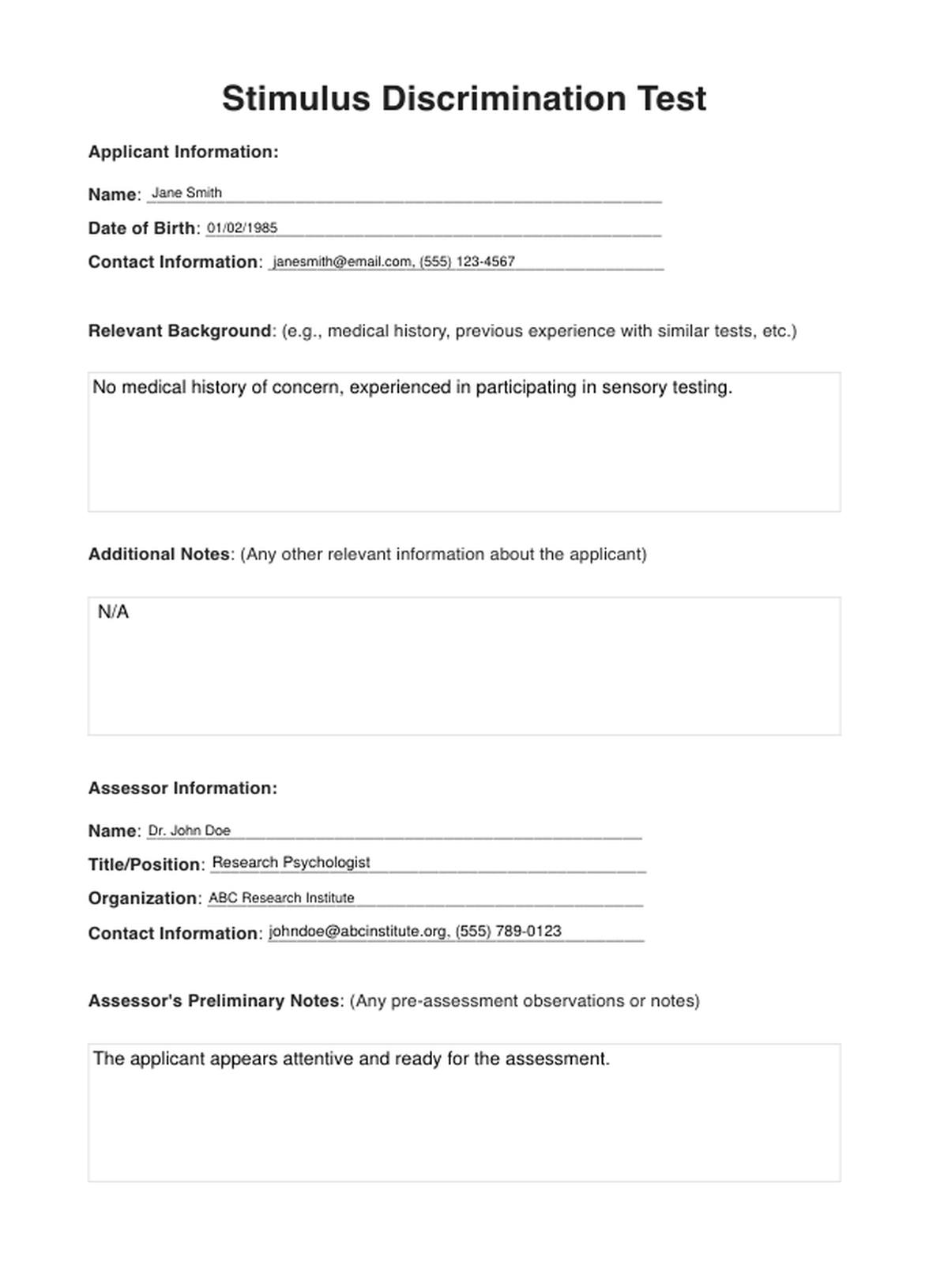













-template.jpg)























































































